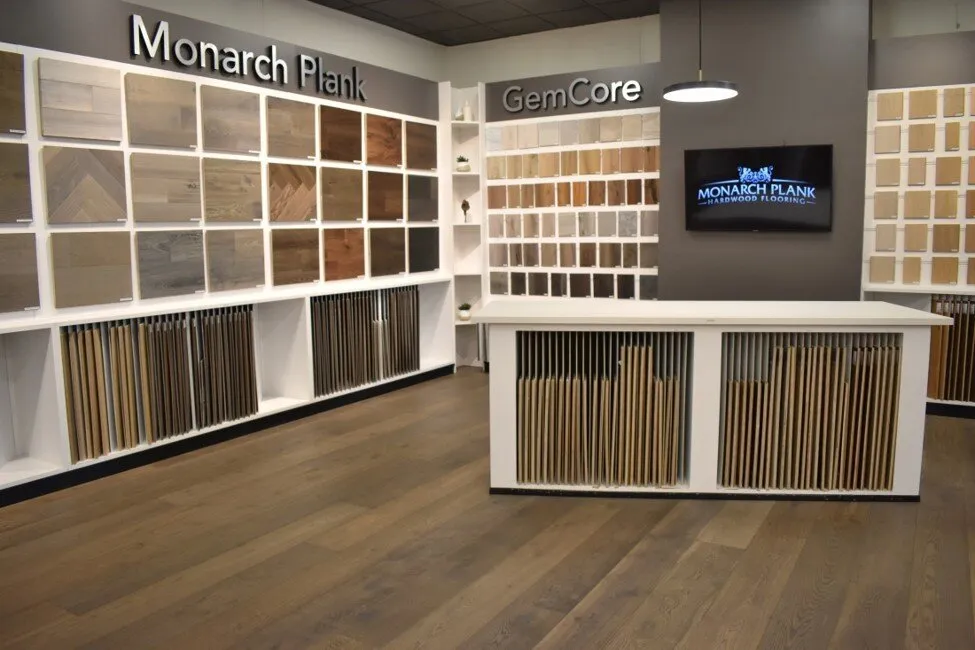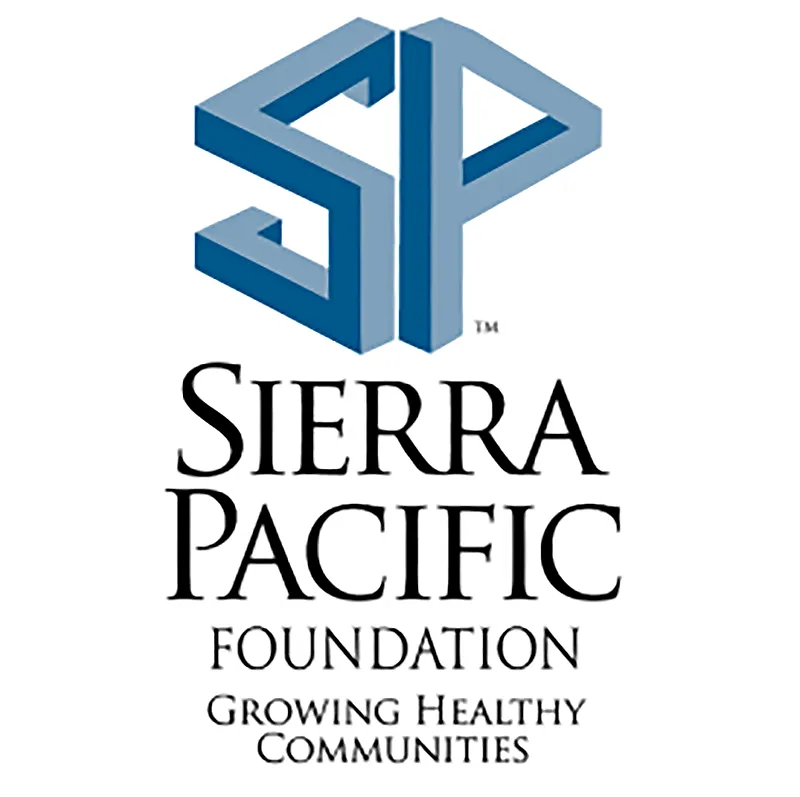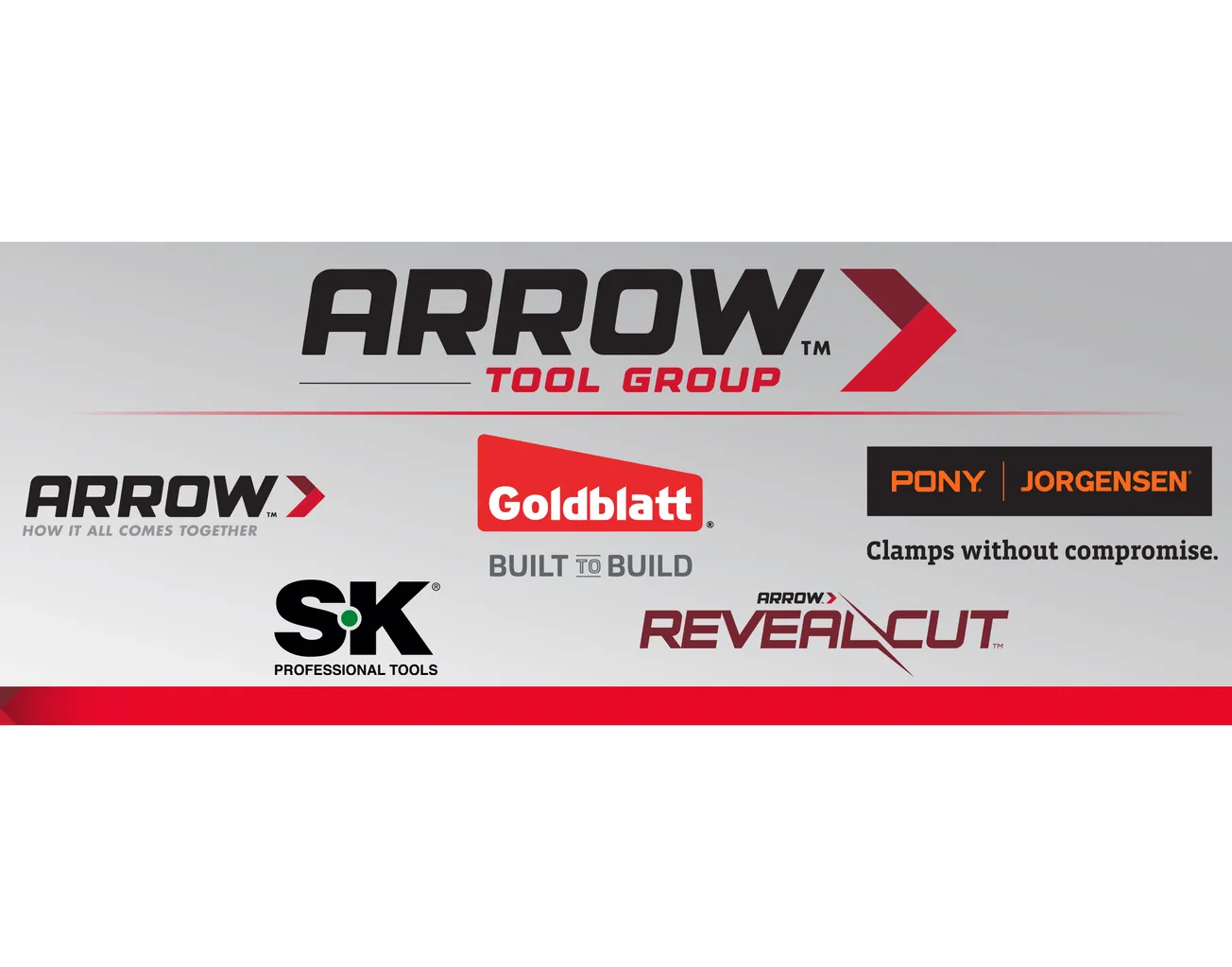Table of Contents
Historically, one of the biggest challenges home builders have faced is keeping rainwater out of wood-framed walls. Earliest techniques included big roof overhangs to shelter walls from rainwater, lapping siding boards to push water away from walls, protecting the framing with moisture-resistant sheathing materials, and later, placing a water-resistant layer like asphalt felt beneath siding to protect wood elements from rot.
For much of the past 100 years, asphalt roofing felt and building papers have been the most popular moisture barriers for wood-framed walls. In the late 1960s, DuPont revolutionized exterior moisture protection with its Tyvek product, a synthetic version of asphalt-and-cellulose wraps. This new product category promised more air-tight and energy-efficient homes, protection from rainwater, and the ability for water vapor in walls to escape before initiating rot.
Since the introduction of Tyvek, scores of manufacturers have begun to offer housewrap products—and now, the vast majority of wood-framed walls are covered with a synthetic, polymer-based housewrap.
In more recent years, other options for water-resistant barriers, or WRBs, for homes have appeared. Integrated OSB & water barrier products, like Huber’s ZIP System, have become more common.
Other water-resistant sheathing products—such as water-resistant fiberboards and foam board—represent a healthy share of the primary WRB market in new homes. Self-adhered films and fluid-applied membranes, both popular in non-residential construction, are beginning to create their niche in the new home WRB market. And of course, traditional asphalt felt as a WRB still has a sizable following.
Home Innovation Research Labs has been tracking housewrap usage on new homes since the 1990s with our Annual Builder Practices Survey. A few years ago, we began tracking housewrap usage in home remodeling with our Consumer Practices Survey. From these studies, we learn that about 60% of residential housewrap installations are on new homes and the remainder is installed in conjunction with home re-siding, new additions, and new detached buildings.
Mechanically-attached housewrap, like Tyvek’s Homewrap, are by far the most popular and are found on about two-thirds of all new homes. In the number two position, homes with other moisture-resistant sheathing or roofing felt represent about 10% of primary WRBs in homes. A more recent market entrant, Integrated OSB & Water Barriers sheathing, holds the third position with about 9% market share. Self-adhered films and fluid-applied barriers represent 7% and 2% of this market, respectively. Self-adhered and fluid-applied barriers are now very popular in non-residential buildings and likely owe their growth in the residential sector to their success in non-residential structures.
Based on Builder and Consumer Practices Survey data, there are more than 4 billion sq. ft. of home exterior covered with housewrap annually. More than half of mechanically-attached films come in 9-ft. rolls; about a quarter is sold in 10-ft. rolls. The remaining quarter is provided in 5-ft. or narrower rolls.
DuPont’s Tyvek continues to dominate the housewrap market with about half of all WRB installations on new homes. Early on, DuPont established leadership in technology and industry education on moisture-resistant construction and as maintained that role in the minds of builders.
Asphalt-saturated felt continues to be popular in some areas of the country on homes with brick, stucco, and adhered stone veneers. Integrated OSB & moisture barrier sheathing is most popular in the Northeast and least in the West. Self-adhered films and fluid-based WRBs are more popular in high-end homes.
For the future, I expect that fastener-attached housewrap will continue to be the most popular WRB option. It’s a cost-effective and well-established method that meets code requirements, and it’s stood the test of time for good performance.
As the WRB market matures, and as building science viewpoints evolve, I believe we’ll see new WRB solutions proliferate—particularly at the higher-end of the cost scale where builders continue to seek better ways to make homes resistant to moisture damage. Further, weather-resistant barrier solutions that address the rising cost of labor and the shortage of skilled workers—by reducing installation time and simplifying installation—will be favored in the future.









